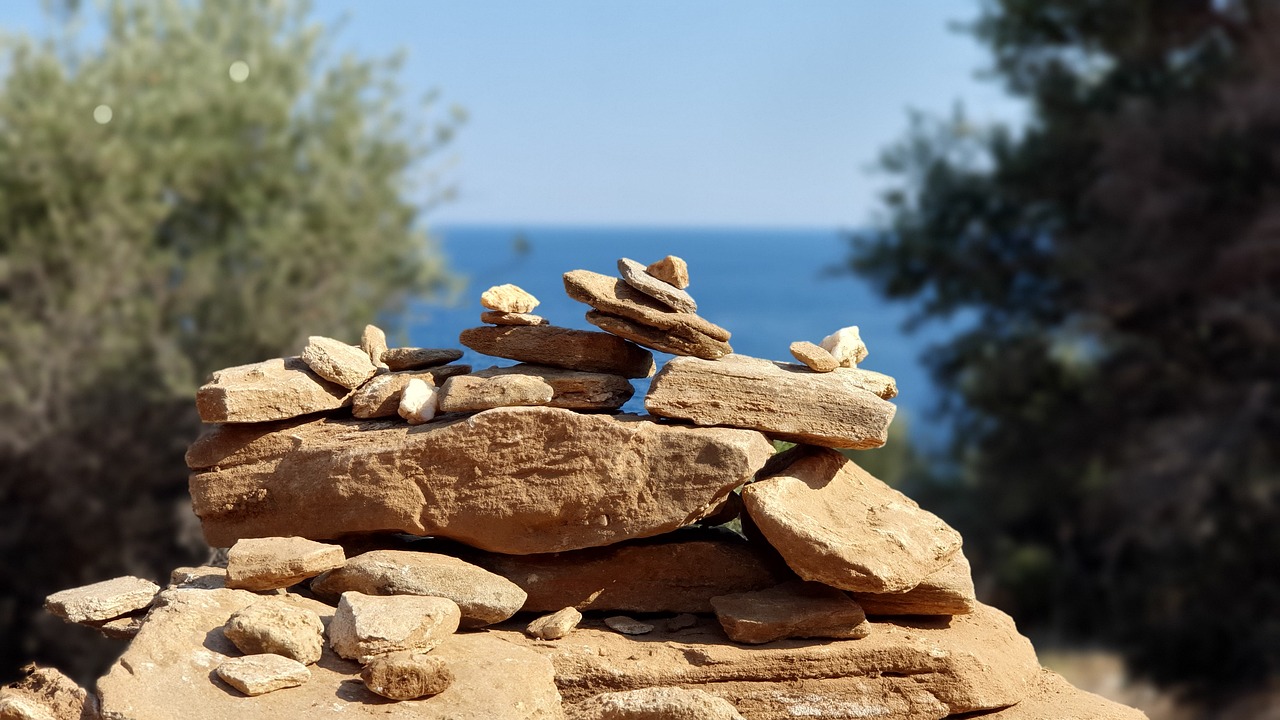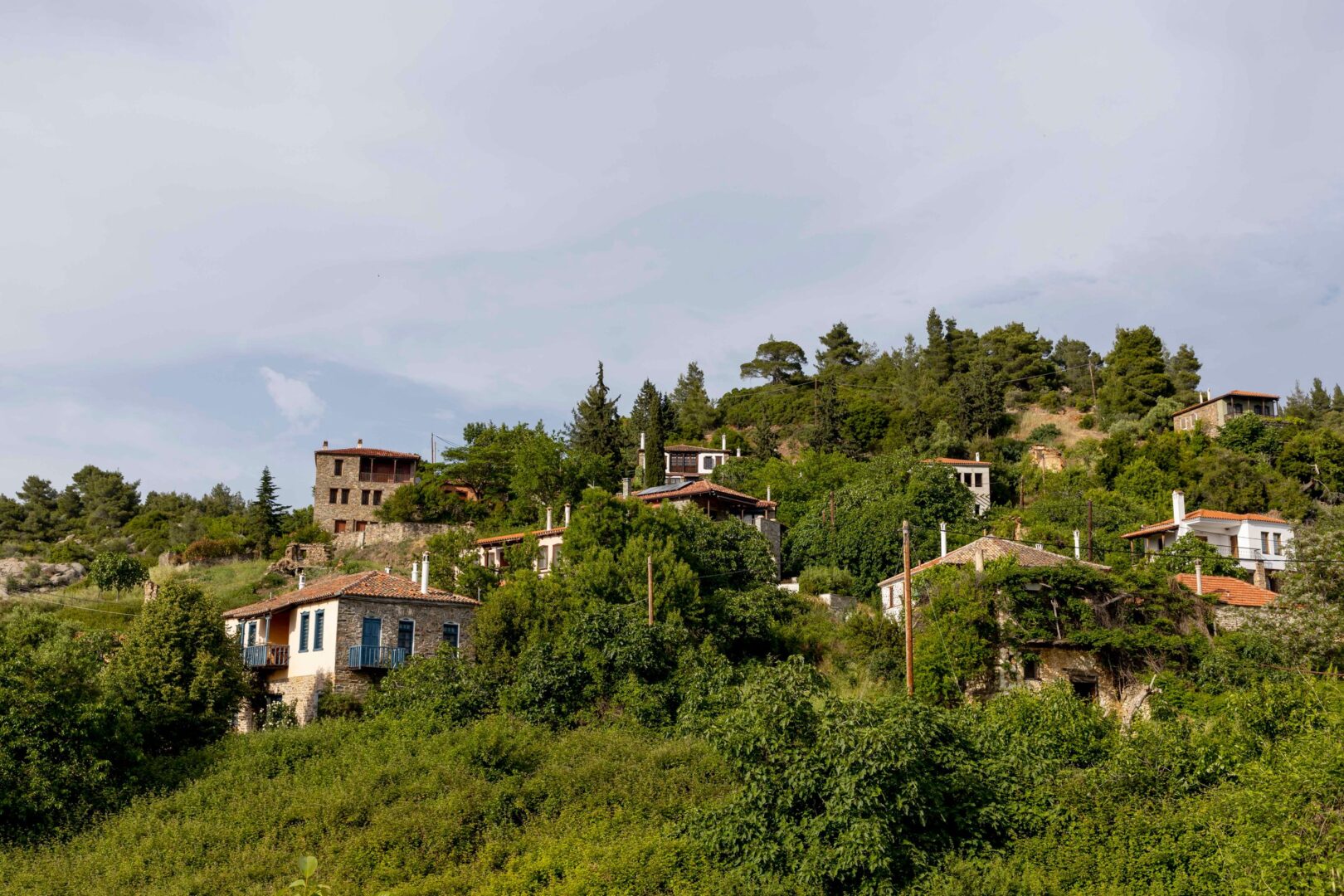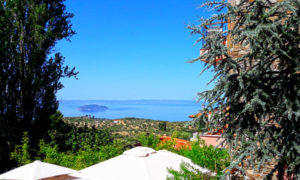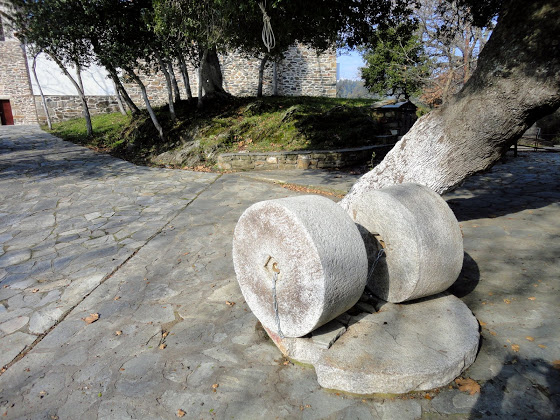When the sun goes down, it’s time to party and Neos Marmaras nightlife offers you just that. If you want to experience an unforgettable summer, full of intense nightlife and never-ending fun, this is the right place. Neos Marmaras is one of the summer nightlife destinations you should definitely experience.

Neos Marmaras is a truly cosmopolitan destination. Located in Sithonia, the second peninsula of Halkidiki that combines both sea and mountain in a unique way. It is situated 125 kilometres (78 miles) from Thessaloniki, this small town welcomes thousands of tourists every year, that visit it for its natural beauty and experience its nightlife. This is why its population during summer time reaches 20.000 people.
This small town on the western coast of Sithonia with the bustling centre shares with its visitors its vibrant life and lively nights full of high-energy, Greek temperament and genuine hospitality. Whether you are looking for a cool and relaxing beach bar to enjoy the sunset over a refreshing cocktail or you’re seeking rollicking nightlife, Neos Marmaras is the ideal haven for you.

Neos Marmaras offers a wide variety of clubs, beach bars and cafes. At night, the city takes part in an endless party no one should miss. So, if you are looking for a location that will keep you energized, the spirit’s alive and well in Neos Marmaras. It’s an enticing invitation no one can resist.. After all, the holidays is one of life’s greatest pleasures.
With info from visitsithonia.com







